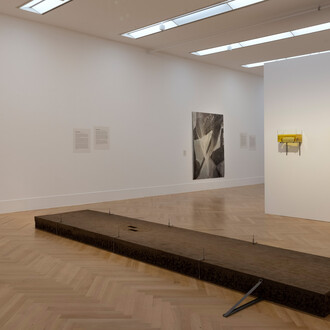News that the Bavarian Public Prosecutor’s office had seized the art collection of Cornelius Gurlitt (1932–2014), caused a national and international sensation when it was made public in November 2013. The 1500 works the reclusive son of the art dealer Hildebrand Gurlitt (1895–1956) had inherited from his father raised suspicions: had they been looted by the Nazis before and during the Second World War?
To investigate these suspicions and to study the cache, the German government provided funding to establish an international team of experts, the Schwabing Art Trove Taskforce. Cornelius Gurlitt agreed to restitute any work identified as expropriated unlawfully. Thus far, four such works have been returned to the heirs of their rightful owners.
In the exhibition at the Gropius Bau, the Bundeskunsthalle Bonn and the Kunstmuseum Bern present some 200 works from the Gurlitt estate and a wide range of original documents and historical photographs. The exhibition traces the twists and turns of Hildebrand Gurlitt’s career: from passionate champion of Modernism to participant in and beneficiary of the Aktion Entartete Kunst and, finally, ‒ despite a Jewish grandmother – to head buyer for Hitler’s planned “Führer Museum” in Linz.
That notwithstanding, after the end of the war, he was able to resume his pre-war career as museum director without too much trouble. Complementing Gurlitt’s ambiguous biography, the exhibition sheds light on the lives of some of his contemporaries, focusing on the fate of Jewish artists, collectors and art dealers who fell victim to the Nazi regime.
Spanning a wide range of eras and styles – from Dürer to Monet and from Cranach to Kirchner and Rodin – the exhibition presents works that have been hidden from public view for decades and provides an insight into the current state of the investigation of the Gurlitt trove. By tracing the provenance of each of the works on show, the exhibition also sheds light on the complex history of the individual objects. Many of them were seized as ‘degenerate’ from German museums in 1937, others may have been unlawfully expropriated from their owners. For a great number of works, the provenance is likely to remain unclear because conclusive documents are lost or because the dealers involved made sure to cover their tracks.
















